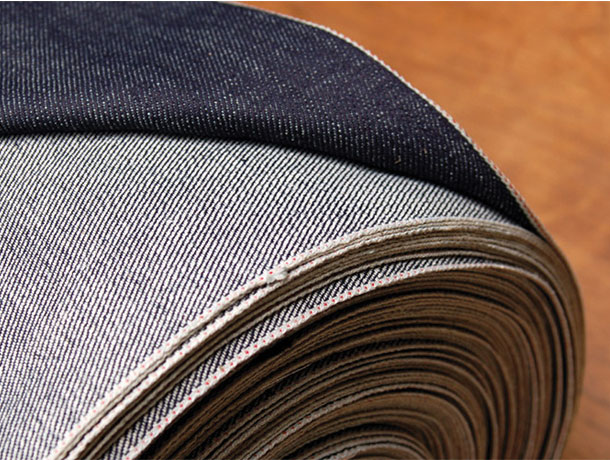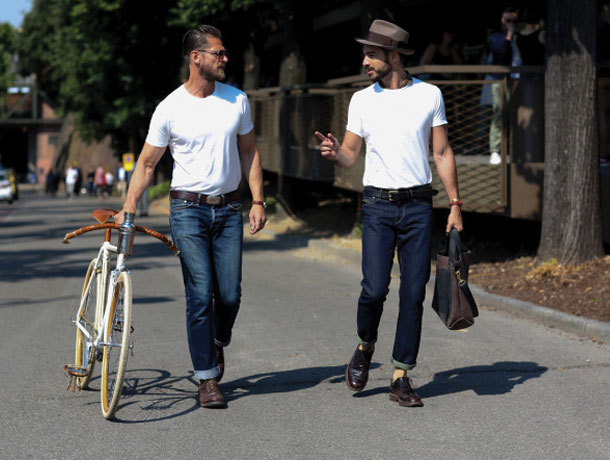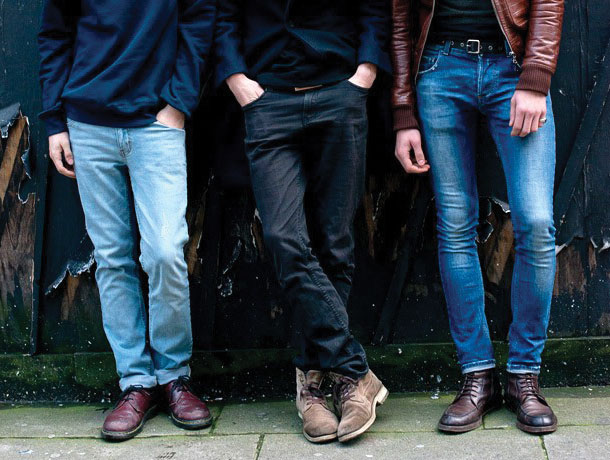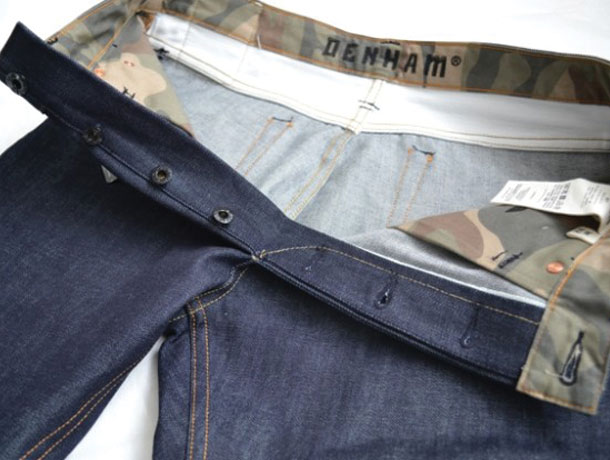It’s the age-old dilemma that has plagued men for decades: finding the perfect custom jeans.
It’s no easy feat for even the most style-savvy gent, let alone the typical bloke who just wants to feel at home in his favourite pair. Many factors come into play including colour, wash, style, fit and leg length. And then there is the denim as a fabric itself, ranging from stretch to mid-weight to the more heavy and thick selvage.
It’s a casual wear nightmare that I’m happy wake you from – all thanks to the phenomena of made-to-measure custom denim. Not just for suits and shoes, denim is now getting the bespoke treatment – taking the casual indigo cloth to a make-it-as-you-like-it level of class. From online services to walk-in stores, let’s run through the must-knows of custom jeans before listing off the maestro tailors worth visiting.
Enter The Cotton

There are different cottons used in denim with certain ‘staple lengths’ – the size of the fibres used in the material. Cotton with longer staple lengths produces a softer denim than those with shorter ones. Then, there is the type of cotton used.
Some 90% of denim is made from standard cotton grown throughout China, Australia and the U.S. It can range in staple lengths but is often processed for the masses, making a harder, more longer-lasting denim. Pima is a long-staple cotton and is the most durable and absorbent while still remaining lightweight. Turkish cotton is a long-staple fibre known for its natural shine and strength, making it more luxurious.
Zimbabwe cotton is the longest staple cottons and one of the rarest. It is known for its weight, lustre and ability to soak up indigo. Finally, selvedge denim is the unique end part of the denim roll as it comes from the loom. Japanese selvedge is often praised above the rest for its rich colour, texture, weight and quality of cotton.
Custom Jeans – Wash It Your Way

As mentioned in our feature, 20 best jeans brands for men, the main types of wash are the classic, vintage, dark and raw or selvage. Of course, there are hundreds of shades in between; each of these affected by the repetitive washing of the cloth – eliminating the indigo. And then the denim colour may vary having been dyed black or grey.
My favourite is the raw denim as its un-washed stated sees the denim mould to your body and crease in unique places that only you could make. The indigo fades over time too, so the customisation continues well after you’ve left the tailor shop.
The Fit & Cut

For guys, the waist options are typically low-rise and normal (high-waisted if your Seventies-inclined). Then select the cut. This refers to the roominess of the leg and how close the fabric will fall in line with the leg’s shape. Choose from the standard skinny, slim, straight, relaxed and boot.
But the process for custom jeans can be as bespoke as you like; not merely selecting your fit from a template. Like a suit, the rise and leg can be personalised to meet your needs, before even deciding on the width of the knee, the foot and the length of the leg.
Determine The Details

Next, select the hardware for your jean. Choose from a zip fly, buttoned or a one-piece fly, which is the most traditional way of constructing a fly in the jeans. The stitching colour is next but stick to traditional blue, black and yellow for best results. The shape of the back pockets and the placement of the front come next and then there’s the number of belt loops.
Honestly, the detail options are endless so consult your tailor thoroughly to ultimately personalise your jeans. My advice: keep the basics simple; you want these jeans to outlast a passing trend such as red stitching or oversized back packets.
Click through the slideshow to find a denim tailor near you or online.